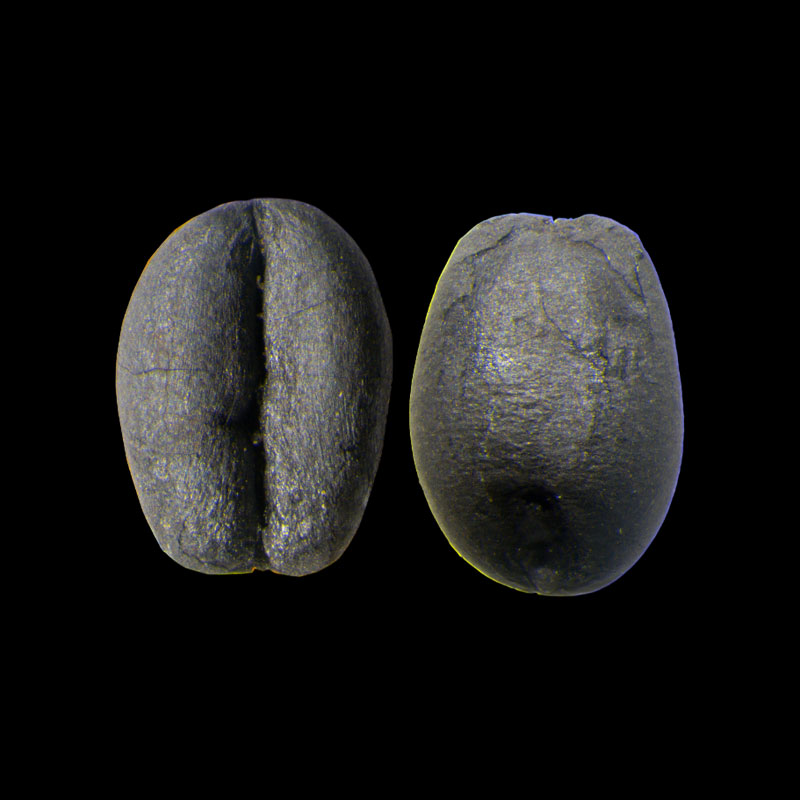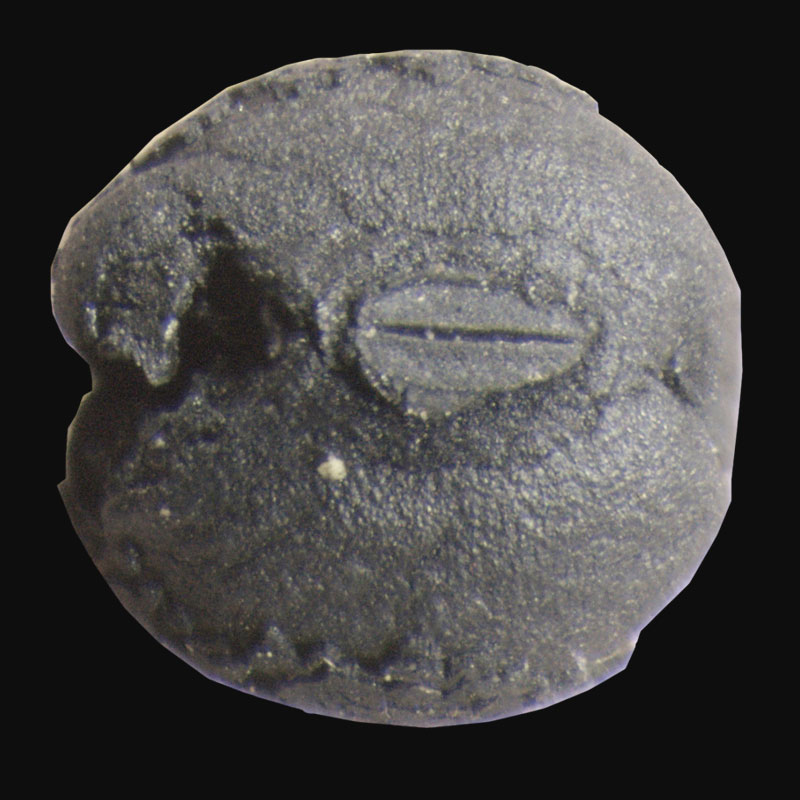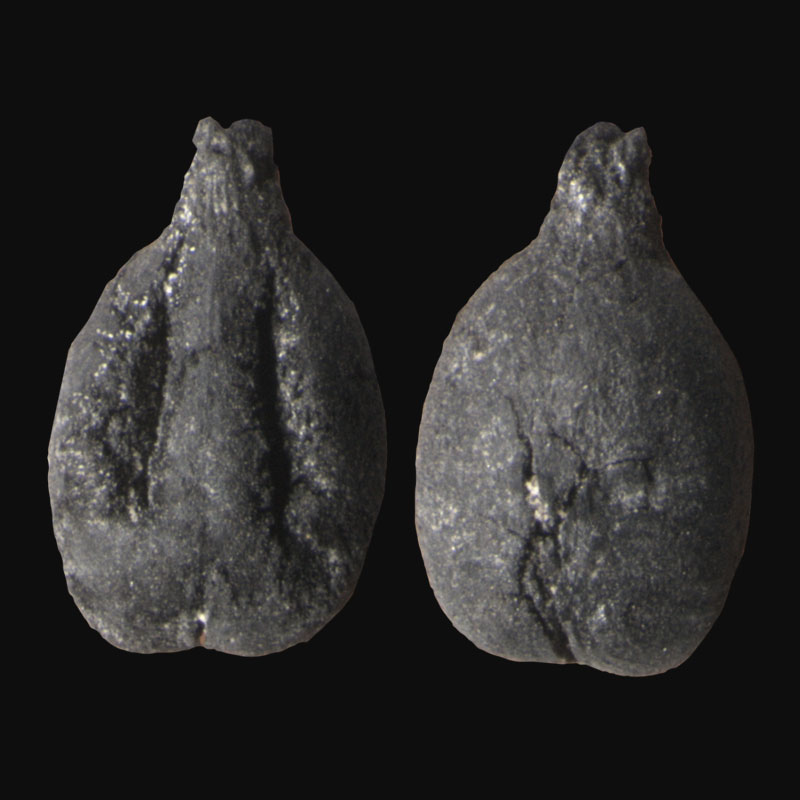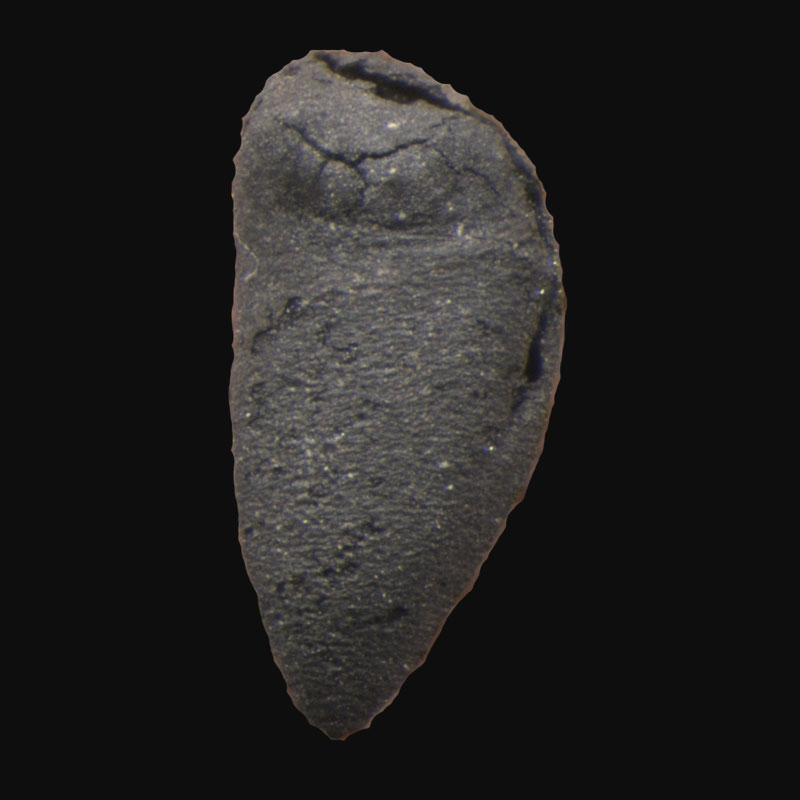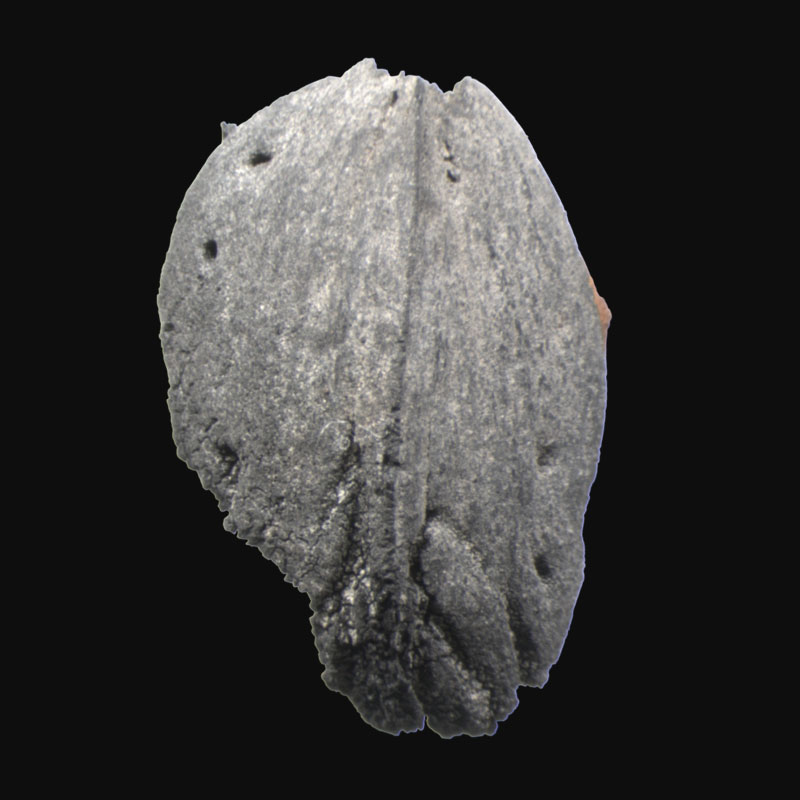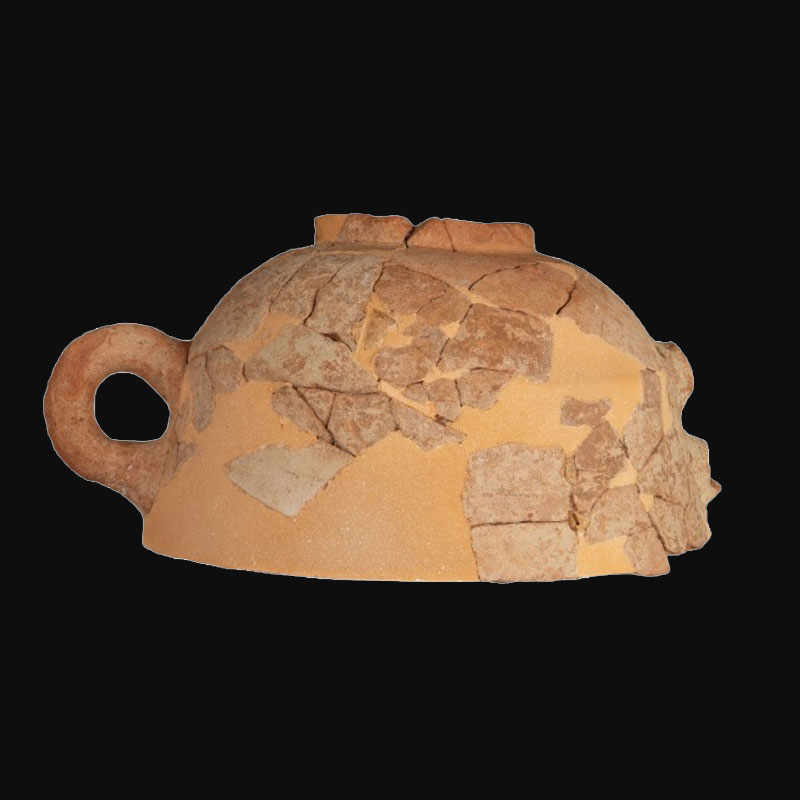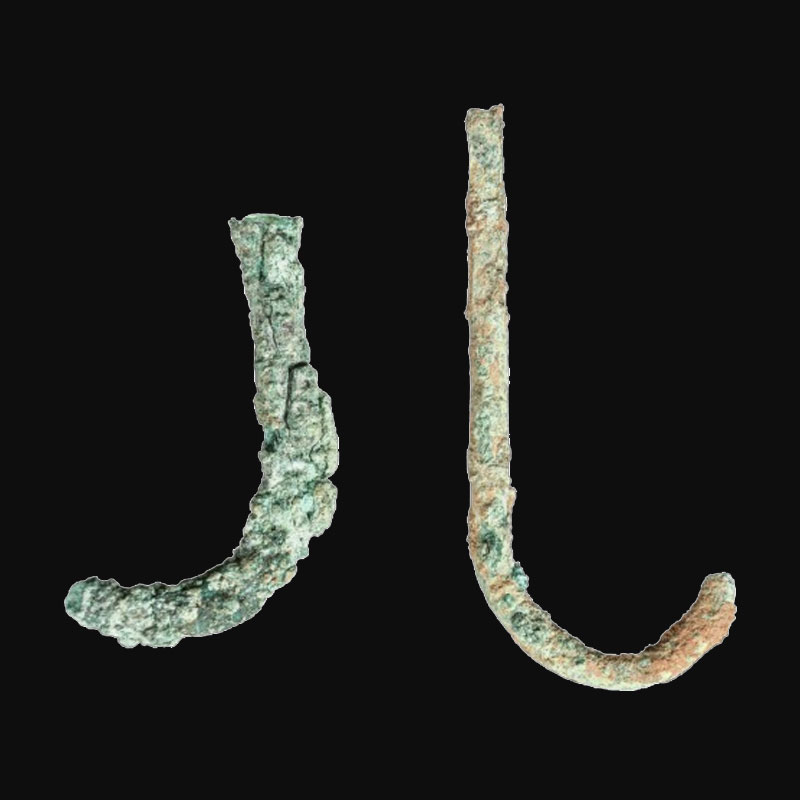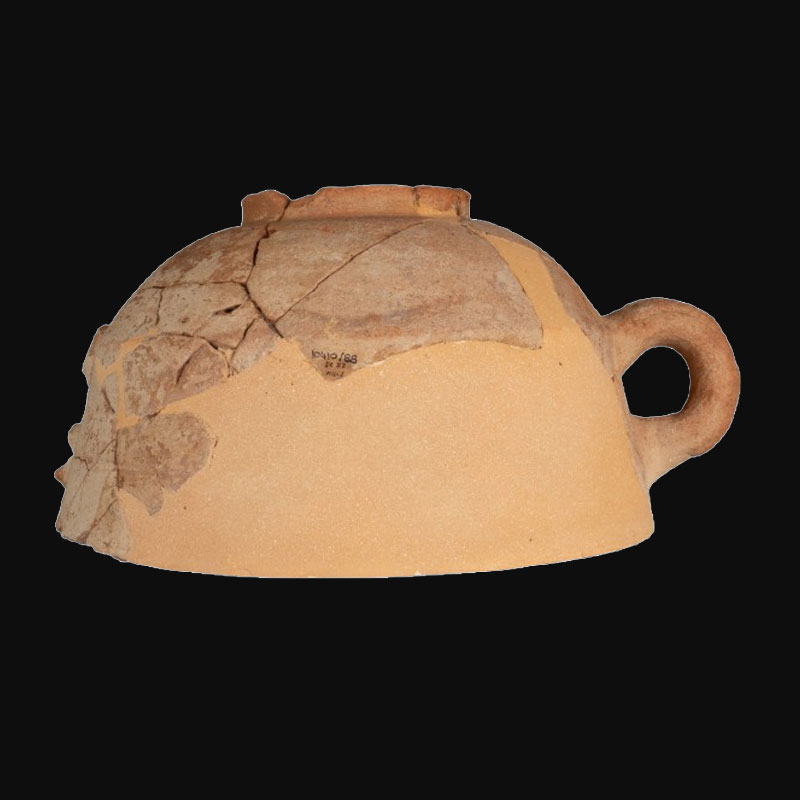AGRICULTURE
Pea seed
Grape seed
Pomegranate seed
Recovered in the Phoenician levels of Sa Caleta. 8th-7th centuries BC.
Almond seed
AGRICULTURE, FARMING, FISHING AND SALT
In the Phoenician area, the lands were fertile and had abundant water sources. However, agricultural space was limited due to the steep orography of the territory. For this reason, part of the agricultural products were imported from other areas.
Taking advantage of the control of new lands, the Phoenicians developed agriculture and farming not only for local consumption, but were also able to supply other places dedicated to other economic activities. Salt, as a basic product for preserving food, was essential in the development of these societies.
THE PRODUCTS OF THE EARTH
The most important crops were cereals, olive trees and vines, the economic and food base of the Mediterranean, and their derived products such as oil and wine were highly appreciated. Legumes such as beans, peas and lentils, and fruit trees such as fig, pomegranate, almond and walnut were also grown.
During the excavation process in Sa Caleta, numerous querns were documented, indicating a widespread activity of transforming grains into flour for consumption. It is likely that in the early days of Sa Caleta, agricultural products were brought from other areas, but as time progressed, the cultivation areas expanded. Starting in the 7th century BC, with the founding of Ibosim, agriculture developed centred on fruit trees and olive trees. As the colony developed, land clearing and intensive use of most of the island’s spaces intensified.
CHICKEN AND SALTED FISH
Livestock farming was an activity present in the Phoenician enclaves of the Mediterranean, where the main species were ovicaprids and bovids. This practice offered multiple benefits, since animals could be used both as labour force and for the consumption of their meat, obtaining wool, milk and the production of derivatives such as cheese. With the arrival of the Phoenicians, new domestic animals were also introduced, such as the chicken or the donkey, which spread throughout Europe.
In Sa Caleta, the documented livestock farming is almost residual, since the focus of the settlement was on other activities such as metallurgy or fishing, essential for the survival of the community. The discovery of a set of hooks in several homes during the excavations indicates a significant dedication to fishing, either for internal consumption or for the production of salted fish, which were in demand as a long-lasting nutritional supplement for navigation.
From Sa Caleta to the surroundings
From
Sa Caleta to the surroundings
SALT
Reproduction of amphora
Bronze hooks
Reproduction of amphora
Reproduction of amphora T-10.1.2.1 G-2. Documented in Sa Caleta. 8th-7th centuries BC.
SALT: A VERY PRECIOUS GOOD
Since ancient times, salt has been a highly valued product for its versatility and multiple uses. In Phoenician life, salt was considered “white gold”, playing a crucial role in various spheres.
The salt from the salt flats of Ibiza, such as “Ses Salines”, located near Sa Caleta, was essential for the economic development of the settlement. This salt was used in salting and conservation processes, metallurgy and in the production of purple.

